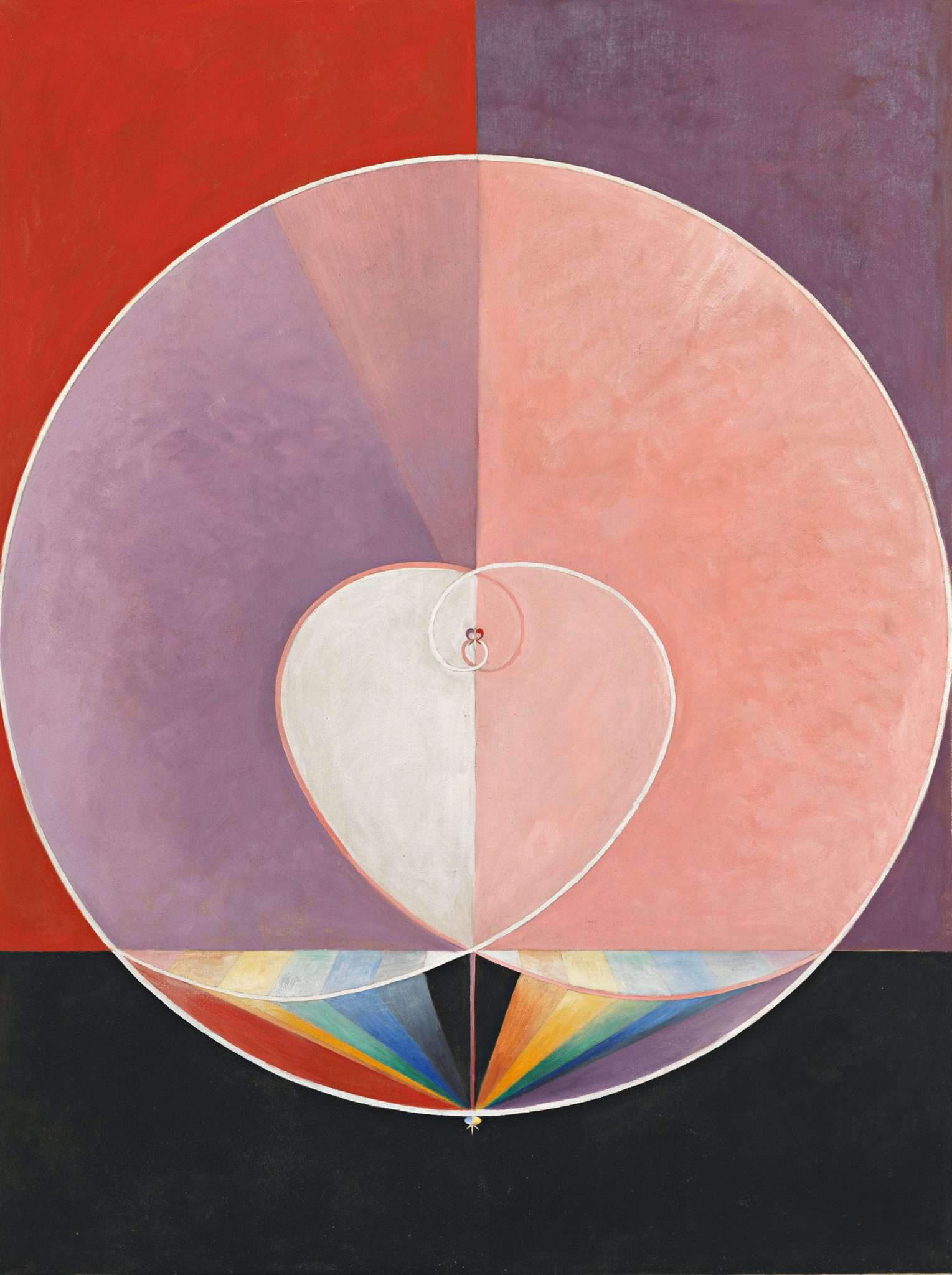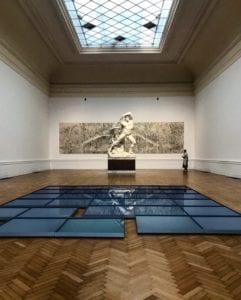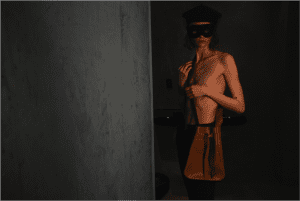Last month, Art Zealous published the first half of “30 under 30-ish” to showcase all the younger members of the art world who are devoted and dedicated to their craft.
The list was created to honor young creatives who we believe are contributing to the art community in a raw and inspiring way. Maybe you’ve heard of some of them, maybe you haven’t, and that’s the point. These young entrepreneurs, artists, and innovators, who are full of inspiration and fresh perspectives, are all trying to make it in the art industry.
Here is our “30 under 30-ish” Part II.
16. Jessica Paindiris, 33, Founder of The Clarion List

AZ: How did you get started in the arts? What are you doing now?
JP: Two of my grandparents are artists, but it wasn’t until my first history of art class at Yale that I fell in love with the field, switching my major over to art history (from math!). Eventually, my career led me to an executive role at Christie’s, where the idea for my own art company was born. I’m currently the CEO + Co-Founder of The Clarion List, the leading online resource for discovering top rated art service companies worldwide. We’ve created the art world’s searchable, sortable, free database of 6,000+ art companies in the US and Europe, across 36 art service categories, from art appraisers, conservators, and consultants to private dealers, security firms, insurance brokers and many more.
AZ: Favorite art moment of 2016?
JP: [I have two favorite art moments from 2016;] I went to Italy this summer and visited the Borghese Gallery, an almost “hidden gem” in Rome. The museum, in general, is a welcome respite from the overwhelming tourist crowds elsewhere (they only let in a few dozen people at a time) giving everyone the space to truly enjoy the Caravaggio, Raphael, and Titian on display. Seeing some of Bernini’s finest sculptures in person was unforgettable.
I also stepped up my own collecting game this year and used two online platforms to purchase art! I used Artsy to find a Michael Staniack work that I purchased through the Steve Turner Gallery in LA and more recently was the winning bid on a Lucien Smith work on Paddle8. I would never have had the opportunity to have collected these talented emerging artists without these platforms. Online platforms like these make it easier to collect, enabling one to browse despite busy schedules.
AZ: Advice for young people starting in the arts?
JP: My advice is to establish a presence for yourself online. The art world is finally embracing technology such as online art price databases, online media companies, e-commerce platforms and online auctions (and now The Clarion List). Create a blog, curate your Instagram, and, especially if you are an artist, create your own beautiful website with tools like SquareSpace to start sharing art you love with the world. The art world is very visual, so embrace online tools to create your own identity in the art world.
AZ: What have you learned from starting your own business?
JP: I have learned that without risk, there really is no reward. It’s risky being an entrepreneur, and certainly trying to add transparency to the notoriously opaque art market could have ruffled many feathers. But I made the leap nonetheless, and have received overwhelmingly positive feedback from the art world – from veteran art consultants and senior auction management to rural artists to new collectors. I’m passionate about helping art be better cared for by expert art service providers, so leaving a stable career path and jumping into entrepreneurship was well worth the risk.
17. Rotem Alima, 29, Producer & Writer

AZ: Tell us about your background and what you do?
RA: I direct, produce, write and sometimes act in films – but if I had to define myself, I would say that I’m a dream weaver: I love to tell insightful human stories that make people aspire to be the best version of themselves. The best compliment I ever got was not “it’s was the greatest film I’ve ever seen” and not even the all the awards I received.
It was a woman, older than I am, that came up to me and told me “because of you, I felt I could go out and achieve my dream – and I did.” I cried of joy and hugged her. That made me feel elevated. For me, this is what art is all about.
AZ: Biggest inspiration?
RA: Besides inspiring others, one of the strongest sources of inspiration for me is the people who tell me I cannot do it. The more people doubt my talents, the more they try to belittle me for being young, for being a woman – the more powerful I become.
AZ: Advice to young people on getting involved in the arts?
RA: I think this is the most important lesson to every artist and entrepreneur out there: the more they tell you that you can’t do it – the more you have to. Sometimes they say they want to “protect you” by being realistic. We have to thank God that Thomas Edison, Steve Jobs, and Pablo Picasso were not “realistic.” What would we be without people who dare to manifest their dreams?
AZ: Favorite art moment of 2016
RA: One of the most exciting moments for me was when Ennio Morricone, the Italian composer, received an Academy Award for his score to Quentin Tarantino’s film The Hateful Eight – at the age of 87. It just tells you that there’s no “right age” when it comes to creativity and producing great things. And that if you’re persistent (he composed music to over 500 motion pictures!), eventually you can be successful. Thank you, Mr. Morricone, for the inspiration!
18. Caleb Hahne, 23, Artist

AZ: What was your inspiration/motivation to become an artist? What do you think was the catalyst in your life that led you to this moment in your career?
CH: I’ve always been a creative person, and I’ve also always had a problem with getting bored easily, so naturally painting and drawing have always provided me with a path to create and ask numerous questions while I create. New questions and new paintings help me get away from that boredom.
AZ: What advice would you give a young person just starting out in the art world?
CH: Paint every day. Fail faster.
AZ: Dream collaboration?
CH: Working with Man Ray would be pretty tight.
AZ: The environment you work in always influences creative decisions, how does your working space effect you and your work?
CH: My space has more of an effect on my mental health. When it’s clean, so is my mind, when it’s dirty, it’s usually cause I’m getting ready for a show. My work is its own space, my work belongs to me, and I belong to my work. I sometimes forget where I am when I work, I’ve gotten pretty good about being able to work anywhere. I worked on my last show in three different places in two different cities.
19. Aerosyn Lex, 30ish, artist

AZ: Is language an essential component of your work? How does that translate into a visual narrative?
AL: Absolutely. Language is critical to my work; language, in essence, is my work. I’m interested in exploring the visual representation of the written word in all its forms and contexts. Much of this exploration has led me to distil the components of language down to its most granular elements. Whether it be the gesture of a letter form or the materiality of ink with which the word is written. For me, the concept of language/communication as viewed through the lens of multiculturalism makes up a great deal of my work and conceptual focus.
AZ: Does your background have an effect on the work you create? Are you inspired or influenced by any specific culture?
AL: Great question. I think any artist with a sincere and honest voice allows their background to inform their work, to shape that dialogue. My background is a varied one. Born in Buenos Aires, Argentina with a father whose family is Slavic, or Croatian to be exact. I grew up in the states amongst a wide array of rich and varied cultures in Miami and Florida, and I then spent time living in Japan and Asia where I learned to speak Japanese as well as studying with a calligraphy master. My story is one of globalism; it’s a modern story of multiculturalism. An artist must be of their time. I think we live in a time where technology is increasingly compressing culture; technology is flattening out our world, homogenizing our languages, our voices. I wish to illuminate that.
AZ: What advice would you give a young artist just starting out in the art world?
AL: I always say, art is for the inherently wealthy, or the eternally destitute. That is to say, being an artist is a highly polarizing experience. Some people are fortunate to be born wealthy and afforded the opportunities and connections to have a decent shot of making it as an artist. Others are willing to starve and suffer for their art. In this day and age, many “artists” opt for the creative professions to ply their creative crafts but that in itself poses a bit of a dilemma to being perceived as a legitimate voice in what is still a very white, rich, male-oriented patriarchy at the head of the “fine art world.” I think the definition of “artist” is what is at question. The idea of what it means to be an artist has been blown wide open in the last decade with the prevalence of social media, brand patronage, and celebrity tie-ins which seem to define many emerging artists.
Taking all of this into account, I’d say work hard, very hard. Learn and study your craft, whatever it may be. Learn from history, and learn from your peers. Focus on relationship building and put yourself amongst people that encourage you to be better than you are.
AZ: Dream collaboration?
AL: I’ve had the privilege of working with some of the biggest names in music, fashion, and the arts. Ultimately, as I grow older and as I write this amongst my visiting parents who come from very humble backgrounds, I hope to someday have a family of my own and perhaps collaborate with my kid(s) on something, even if it’s just a paper plate with macaroni and yarn glued on it.
20. Molly Kurzius, 29, Director of Communications at MoMA PS1

AZ:First job in the arts?
MK: My first job in the arts was at the public art nonprofit Creative Time. Communicating about public art can be challenging, and I learned a lot about how to build excitement for projects from the ground up.
AZ: What do you do now?
MK: I recently joined MoMA PS1 as Director of Communications, where I oversee public relations, marketing, and social media (check us out @momaps1). It’s been a very eventful first few months on the job, with our 40th anniversary exhibitions, Katharina Grosse’s installation in the Rockaways, and the re-opening of James Turrell’s Skyspace.
AZ: Who is an arts professional you look up to?
MK: I have been lucky to work with so many remarkable people over the course of my career. Someone I would specifically call out, however, is Robin Cembalest, a discerning critic, talented editor, and now truly indefatigable social media maven. In addition, she has always been committed to mentoring young people and encouraging their interest in the arts. It is that combination of intelligence, good humor, and generosity that I most admire.
AZ: Advice to young people starting in the arts?
MK: Find what you are naturally good at, and use it in service to the arts. Not everyone is cut out to be an artist, curator, or academic. The art world needs people with a wide range of skills who are dedicated to the field.
AZ: Favorite art moment of 2016?
MK: Nothing beats walking along the beach in the Rockaways completely alone at sunrise and catching a first glimpse of Katharina Grosse’s sublime installation in the distance. Working in communications you often get to have these quiet moments with incredible artworks – whether you are accompanying critics through a soon-to-open show or preparing for a live morning TV shoot like I was that day. After writing and conversing about exhibitions and projects for months – sometimes years – these contemplative moments are especially gratifying.
21. Emilia Brintnall, 28, artist

AZ: What was your inspiration/motivation to become an artist?
EB: I have always wanted to make things. I feel like I have not changed much since I was little. As a child, I would spend long hours building magical structures, pretending to be an animal and imagining other worlds. Still to this day, l am making fantasy worlds full of creatures, celestial beings, horrors and elements of everyday life. I don’t know if I really was inspired by anything specific or motivated by an event to become an artist. It’s just always been something that I have done, and not a lot else makes sense for me.
I did not go to art school. I tried other paths, but they all led me back to making things. While I love learning, the structure of school was always difficult for me. The closest thing I have experienced to art school is being a part of the studio collective Space 1026. I have been guided by my friends and the people I love. Being a part of Space 1026 has given me a community of creative individuals who I deeply care about, an art education and a place to explore making with freedom, support and most of all fun.
AZ: Who was your single biggest influence?
EB: Who or what influenced me is difficult to answer. I love lots of things. Many people and my own experiences have influenced me deeply. Animation and movies are among my favorite things. When I was in elementary school; almost as a ritual, I would save up my change to walk to TLA (video store) to rent VHS tapes. I did this as much as I could. I would even skip school to do this. I would just randomly pick videos based on the cover or title. The dudes at TLA would let me rent anything for better or for worse. Watching films had a huge influence on me.
AZ: What advice would you give a young artist just starting out in the art world?
EB: I am a young artist. Can you help me?
Generally, I think it is a poor choice to pursue art. It can be unforgiving in many ways. I feel that people choose to do it because they need to in some way or another, so for many of us, it’s not really a choice, it’s just something we must pursue. I think that is important to remember and hold onto. I think with anything you have to do it because you love it or it’s because you can’t live without it. Life is short and full of inevitable suffering. There is enough bullshit you will have to compromise for or deal with. Do what you love and don’t question it. There is no time to live otherwise.
AZ: Dream collaboration?
EB: One dream collaboration has already happened. That was with the artist Mark Beyer. Reading his comic Agony had a tremendous impact on me. I was fortunate for this collaboration to happen. We made a zine together and I hope to collaborate again with him. In my dreams, I would love to collaborate with ancient aliens or beings and build something used for cutting tomatoes that people then misinterpret as being important like Stonehenge or the pyramids.
22. April Hunt, 33, Art Publicist
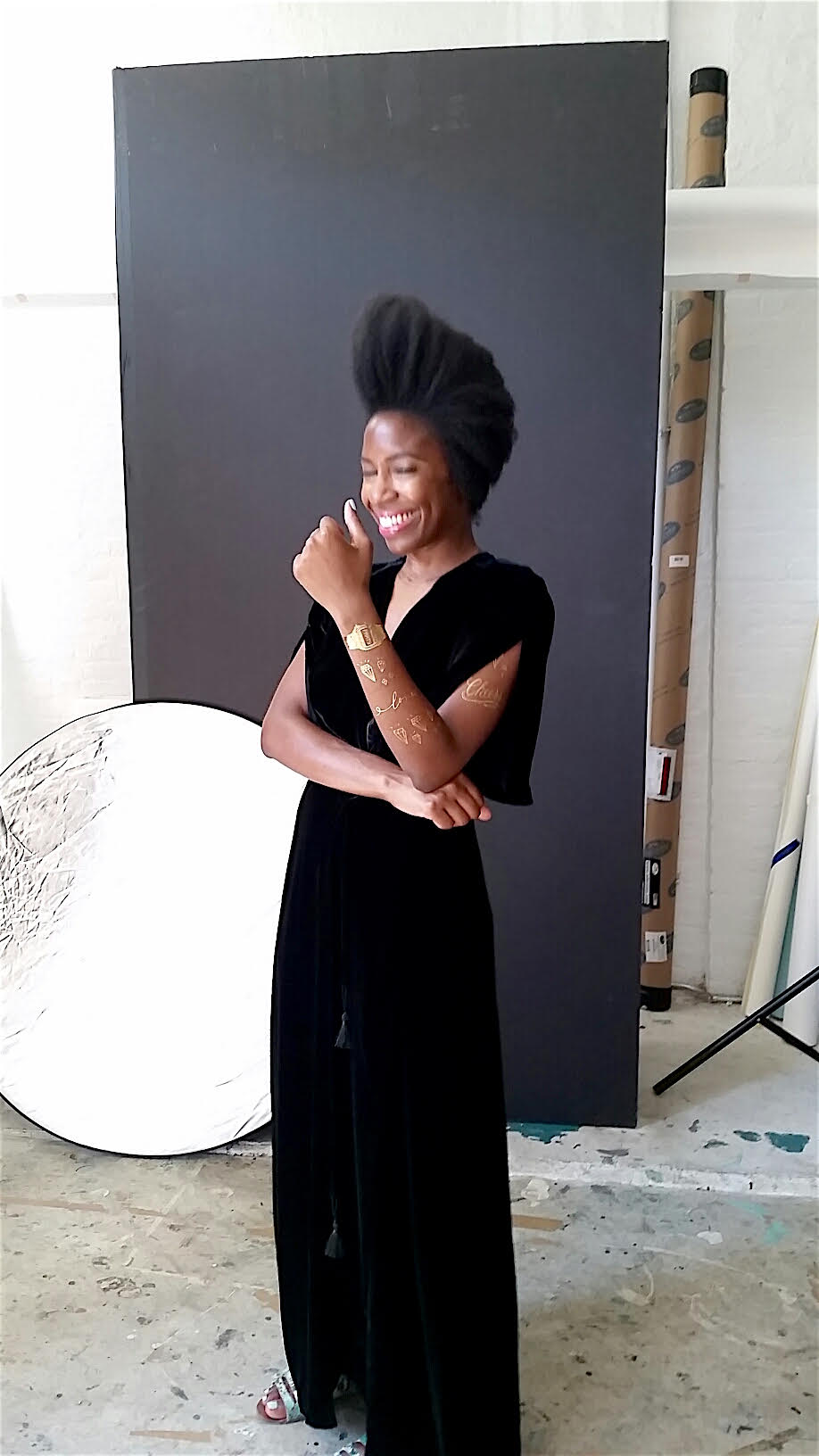
AZ: How did you get involved in art PR?
AH: PR is something that I fell into unexpectedly. I actually thought I would end up on the other side of the spectrum as a journalist since I studied English literature. My first internship in NY was in the PR Department at Epic Records which paved the way for a PR position at the New York Historical Society and from there I led communications at MoMA PS1 for several years. Now I run Sparkplug PR, so at this point I figure I’m in it for the long haul.
AZ: What is the most exciting aspect of your job?
AH: I love how each project is incredibly different from the next. Working with artists who think outside of the bubble keeps an ADD person like me on her toes.
AZ: What advice would you give a young person just starting out in the art world?
AH: I would say talk to as many people in the industry as you can – don’t be afraid to ask for advice. Also, surround yourself with good and genuine people.
AZ: Favorite art moment of this year?
AH: My favorite moment is up the pike. Keep your ear to the ground for ‘Take Five’ – an island escape with performances and a debut exhibition taking place directly after Art Basel Miami this year.
23. Graham Yarrington, 25, artist

AZ: Favorite art moment of 2016?
GY: The forthcoming release of “The World of Edena”, which will kick off the re-issuing of the entire Moebius library by Dark Horse Comics.
AZ: Who was your single biggest influence?
GY: Kelley/Mouse Studios.
AZ: What advice would you give a young artist just starting out in the art world?
GY: Prepare to get your feelings hurt, and be aware that there will always be people just as talented as you are who are willing to work just as hard if not harder than you.
AZ: Dream collaboration?
GY: Frank Ocean invites me to design the cover art for Boys Don’t Cry, and then never releases it.
24. Tessa Perutz, 28, artist

AZ: What was your inspiration/motivation to become an artist? What do you think was the catalyst in your life that led you to this moment in your career?
TP: I have always had a rather wild imagination and far-reaching sense of what is possible. When I was a kid, I drew comics and designed clothes. I did ceramics, built forts, I loved playing dress-up, I always had this feeling of wanting to express myself in a visual way. As I grew up, I became more drawn to literal image making, and moving towards painting was very natural for me.
I think moving to NYC from Chicago after college was a really pivotal point in my life in terms of realizing I wanted to be a serious artist. I found artists here to be so driven; it was infectious. I met many mentors, and those people were incredibly affirming and supportive.
AZ: Dream collaboration?
TP: I recently have become totally obsessed with Comme des Garcons. I feel like their clothes are at the height of wearable elegance. I would love to collaborate on prints and pieces with them.
AZ: Who was your single biggest influence?
TP: Definitely my dad. He is the single kindest, most innovative person I have ever met. He started his business from nothing and has built so much for himself and our family. I am eternally grateful for and in awe of his incredible work ethic and his ability to reinvent his work and role as a business owner and designer.
AZ: What advice would you give a young artist just starting out in the art world and why?
TP: Don’t sweat the small stuff, the stress isn’t worth it.
25. & 26. Sarah Cascone, 30, Katya Khazei, 27, CoFounders of Young Women in the Arts
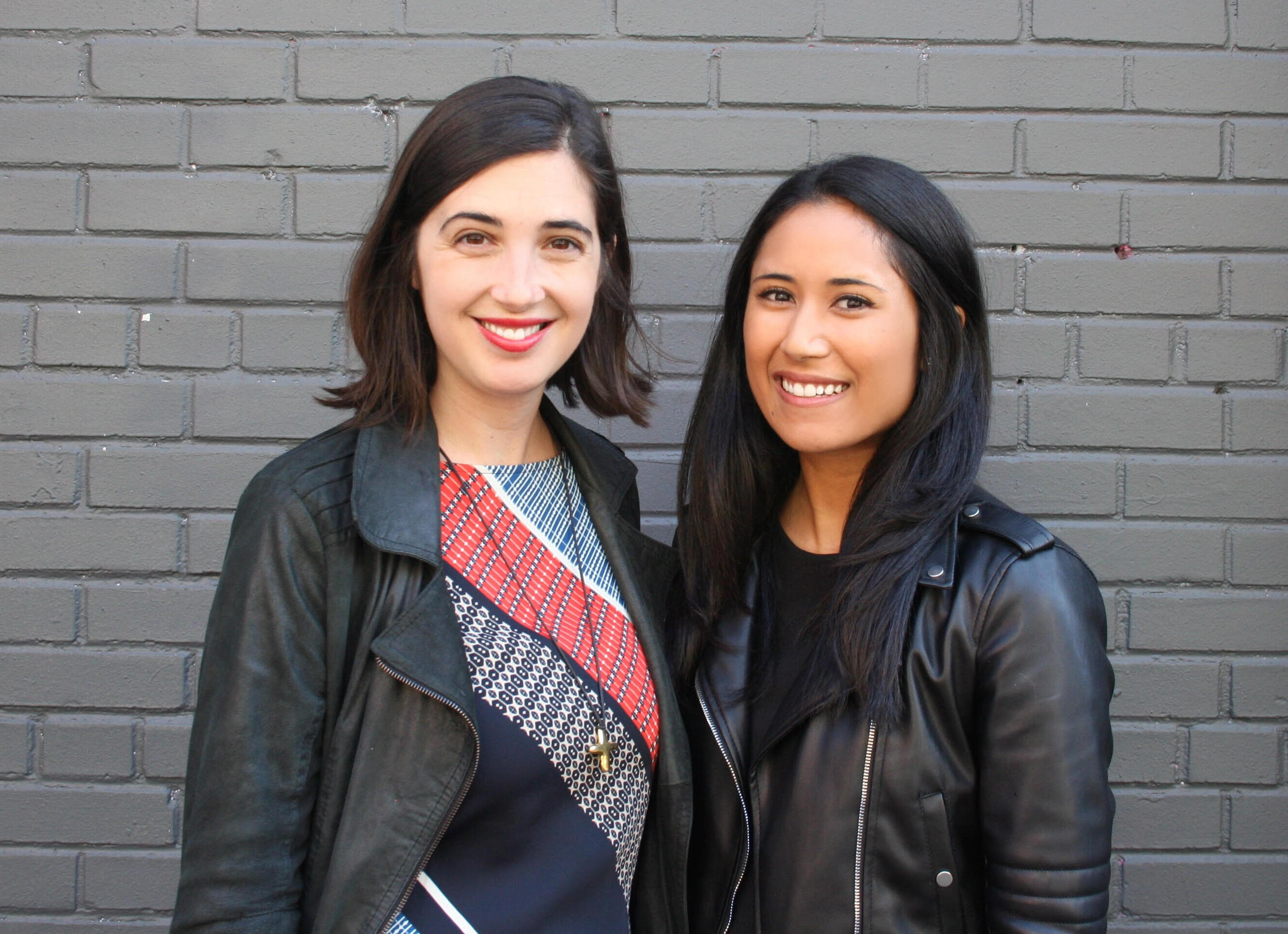
AZ: How did you two meet and decide to start YWA?
KK: Sarah and I met at a Galerie Perrotin dinner. Over drinks earlier this year, we began discussing the need for an engaging platform dedicated to aspirational young women in the arts. In our recent experience, there had yet to be an organization or group that dynamically facilitated the kind of community we felt would be rewarding for our peers in this industry. We saw YWA as a way to create a valuable constituency specifically geared towards the young female voice.
SC: Katya was seated across from me at Galerie Perrotin’s dinner for their Izumi Kato show in January. At the end of the meal, we exchanged cards, and she invited me for drinks a few weeks later. By the second or third cocktail, I found myself sharing my secret dream to create a networking group that would bring together all the amazing young women I had worked with over the years. Katya was like, “I love it, let’s do it, when can we start?” She came up with the name, and we were off!
AZ: Advice for young people starting out in the art world?
KK: Be perceptive of what’s going on around you and find value in every experience, while still cultivating your own individual voice.
SC: It’s okay to be ambitious. If you have an internship at an art company, ask to meet briefly with the boss. Talk with them about your goals, and let them know if you’d be interested in a full-time position with the company in the future. It’s not enough just to do your work and go home. If you make yourself visible with your passion and enthusiasm for the organization, you’ll forge better relationships with your supervisors, and likely be remembered when there are openings in the future.
If you can financially afford to take an unpaid internship, do so. I focused all my energy on taking extra art classes when I was in college, only to be hit with the recession right when I graduated in 2008. After two years of unfulfilling part-time work, I finally caved and took an unpaid internship two years later, which led directly to my fulltime job at Art in America.
Go to whatever art events you can, and stay informed about the art scene by reading art publications (like artnet News, where I am an associate editor!) and seeing major exhibitions. Promoting yourself and networking can be hard at first, but I promise you if you work at it, it will become way more natural.
AZ: Most memorable art moment?
KK: Seeing Christo and Jeanne-Claude’s Floating Piers fulfilled a long time dream, while Ryan McNamara’s MEEM 4 Miami was a recent standout foreshadowing the role of art in the digital age.
SC: My aunt took me to see Monet’s garden at Giverny as an 11th birthday present, which was a pretty formative moment, but as an art critic and journalist, I get to see a whole range of amazing/wonderful/crazy things. Dancing in a conga line with Wyclef Jean on the terrace of the Perez Museum in Miami at Art Basel last year, for instance, was pretty insane.
AZ: Your ultimate goal for YWA?
KK: Our ultimate goal is to create a community where young women can foster relationships, mentor one another and collaborate to effect change in the art world. Sarah and I want our peers to leave YWA events feeling empowered and inspired to pursue initiatives that they are passionate about.
SC: We want young women to develop meaningful connections, both personally and professionally, that will help them to contribute the art world in a meaningful way. It would be so amazing if a year from now, at one of our events, there are women there who work at a company that was founded through YWA connections.
27. Katherine Maxwell, 27, Contemporary moving artist

AZ: Tell us exactly what a contemporary movement artist is?
KM: As a contemporary movement-based artist, I focus on action triggered from within the body. In my choreographic practice, I allow for the visual shapes and lines of the movement to become secondary. My primary attention is centered on sensation and texture as an impulse for action.
Hivewild is a fiscally-sponsored dance initiative to which I am the Artistic Director. Our mission is to unlock emotion and ignite conversation through formal performances and public programming dedicated to community development. Hivewild’s work is rooted in the principles of radical inclusion and lifelong curiosity.
AZ: Advice for young people starting out in the arts?
KM: Within yourself, have clear intentions and listen to your intuition. Create work true to your process. Be humble and be kind.
AZ: Dream collaboration?
KM: Wow. There are so many dreams, so many possibilities! I’d love the opportunity to create work with the Nederlands Dans Theatre.
AZ: What is your ultimate goal for Hivewild?
KM: My ultimate goal for Hivewild is to be presenting works internationally; challenging a vast array of viewers and providing opportunities to consider alternative perspectives. I hope to nourish our community by helping people recognize our similarities as humans, beyond flesh. Perhaps if we can continue to see the world from different points of view, we might have a greater sense of understanding and compassion for one another.
28. Adam Fields, 32, Founder of ARTA

AZ: How did you get into the art business? What were you doing before you started ARTA?
AF: I have always been a business-minded art enthusiast, but I wouldn’t consider myself an art businessman. I grew up in and around the arts, and it took me some time to understand and appreciate it. Once I did, I noticed a huge divide in the demographic – it seemed antiquated, both in that it was hard for my generation to purchase and afford art and because it lacked in technology and forward-thinking infrastructure. Technology is a major catalyst in the industry that can help galleries and artists alike. It was with this thought that I decided to move to New York and find a solution.
I began as a founding team member of Artspace, where I was Vice President of Supply and Logistics. During my tenure, I observed the company’s shipping issues – how our problems manifested both in online and offline entities. Speaking to multiple gallerists, dealers, and collectors, it became obvious that shipping was not only a big pain point, but also a huge business opportunity.
AZ: Most exciting aspect of your job?
AF: It changes every day — any time you ask me it might be different — overall, I love seeing how ARTA is moving the art industry into the 21st century – making the process of shipping more streamlined, efficient and transparent for the entire arts ecosystem. The fact that we are now being used globally and shipping things for users all over the world is very rewarding, and I’m always excited to see when we add a new country or destination to our growth.
AZ: Advice for young people starting out in the art world?
AF: Look for problems or pain points you’re facing with your job or personal life and work towards developing business ideas that provide solutions. Talk to target users and your services would be beneficial – better yet, if they would pay you for said product or service. Building out a network of individuals who believe in you and support your idea is paramount. Don’t be afraid to lean on such people – you are, after all, building them something that conceivably makes their life better or easier.
The biggest problem for any young startup is the issue of funding – finding support while you work towards product/market fit. Using low-cost tests as you work through the trial and error phase of design eases the depletion of resources as you work to gain financial footing. In many cases, you can parlay this into support from investors, which it what we did with ARTA, both on the venture and art ends. If you’re a founder with a great vision that shows traction, people will be open and excited to hear about your idea.
AZ: Favorite art moment of 2016?
AF: The first Thursday of openings in Chelsea this Fall. The energy was electric – everyone was out in full force – and it reminded everyone that there is much more to art than just the market aspects.
29. Kyle Breitenbach, 23, artist

AZ: Most exciting aspect about being an artist?
KB: Analyzing history. Attempting to make meaningful connections between the past and present.
AZ: A piece of advice for students embarking on their art career?
KB: Have a studio. Patience?
AZ: Favorite art moment of 2016
KB: Al Held: Black and White Paintings at Cheim & Read
AZ: Best advice you’ve been given?
KB: Something in regards to the long haul…
30. Removed by request.
Additional reporting Kristina Adduci

